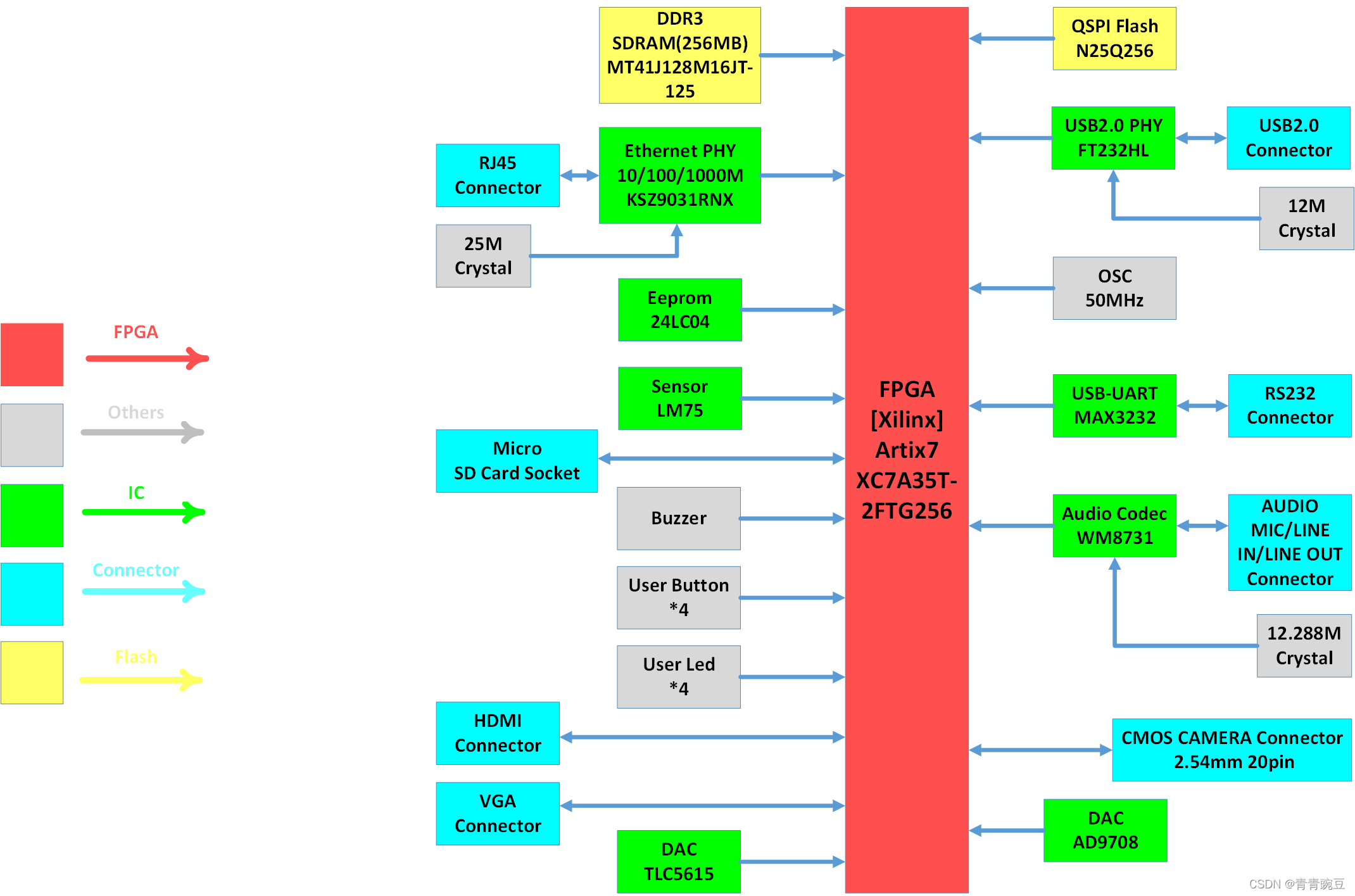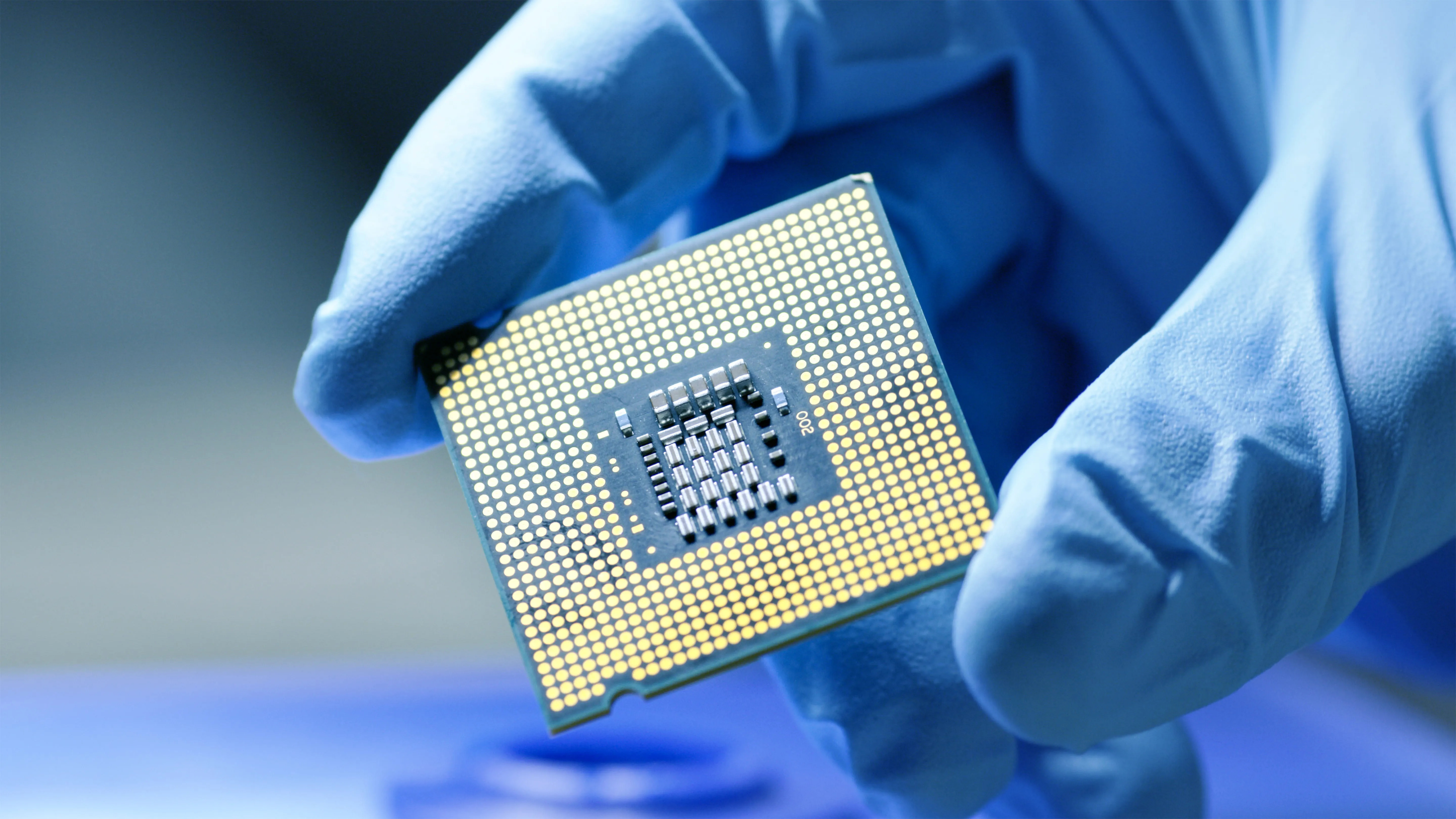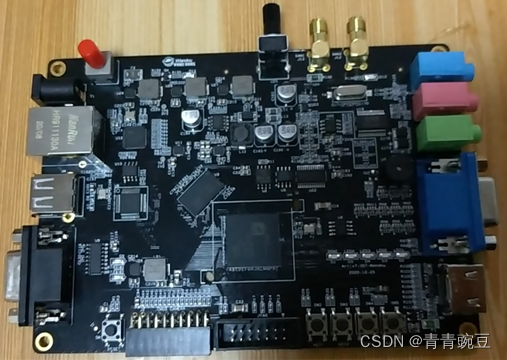Renesas starts up old factory to increase power device production
Renesas Electronics restarts Kofu factory to expand power semiconductor production
Renesas Electronics announced in December that the Kofu factory that had previously ceased operations was reactivated. As a 300mm wafer fab, the plant will begin mass production of IGBTs and other products in 2025, doubling Renesas' current power semiconductor production capacity. Renesas held an opening ceremony on April 11, which was attended by local government officials and partner companies.
According to Renesas, the Kofu factory originally operated 150mm and 200mm wafer production lines and ceased operations in October 2014. Renesas has invested 90 billion yen in the plant in 2022 and it is now operational.
The replacement cycle is extended, and Apple and Samsung lower their mobile phone shipment expectations.
According to Kuai Technology News, research organization TechInsights predicts that by 2023, the global smartphone replacement cycle will be extended to 51 months, the longest in history. In China, consumers’ replacement speed has increased slightly, but it still exceeds 40 months.
According to the news, mobile phone brands have lowered their full-year shipment expectations. In addition to Apple having confirmed that it has lowered its full-year shipment expectations for 2024, Samsung Electronics has also made corresponding adjustments. Experts point out that consumers' purchasing expectations have shifted towards longer usage periods, so they are more willing to pay higher prices for phones with superior performance and durability.
TrendForce: The earthquake’s impact on DRAM bit output in the second quarter was less than 1%
According to financial news, according to TrendForce Consulting’s latest survey on the DRAM industry after the earthquake, the number of repairs and scrapped wafers required by each supplier varies, and the earthquake resistance of the factory equipment itself can achieve a certain earthquake resistance. So the overall impact is smaller.
Micron, Nanya, Power Semiconductor, and Winbond have all roughly resumed 100% production line operations. Among them, only Micron has moved to advanced processes, mostly 1 alpha and 1 beta nanometers, which is expected to affect overall DRAM output. Bit ratio; other DRAM factories are still stuck at 38nm and 25nm, and their output ratio is relatively small. Overall, it is expected that the impact of this earthquake on DRAM output bits in the second quarter can still be controlled within 1%.
SEMI: Global semiconductor equipment shipments fell slightly by 1.3% last year
According to a recent report issued by the International Semiconductor Industry Association (SEMI), global semiconductor manufacturing equipment sales will drop slightly by 1.3% to US$106.3 billion in 2023 from the historical record of US$107.6 billion in 2022.
Last year, China, South Korea, and Taiwan, the top three spending countries on chip equipment, accounted for 72% of the global equipment market. Mainland China remains the world's largest equipment market, with investment rising 29% to US$36.6 billion last year. Equipment spending in South Korea fell 7% to $19.9 billion due to weak demand and inventory adjustments in the storage market.
After four consecutive years of growth, equipment sales in Taiwan also fell 27% to $19.6 billion. Annual semiconductor equipment investment in North America increased 15%, mainly due to investment in the chip bill; Europe increased 3%; sales in Japan and the rest of the world increased year-on-year
TSMC’s revenue in the first three months of this year increased by 16.5% year-on-year
According to financial data released by TSMC today, the company's consolidated revenue in March 2024 was approximately NT$195.211 billion, an increase of 7.5% from the previous month and an increase of 34.3% from the same period last year. Cumulative revenue from January to March 2024 was approximately NT$592.644 billion, an increase of 16.5% compared with the same period last year.
The sales of flagship mobile phones continue, and MediaTek’s first-quarter revenue increases
According to China Taiwan Business Times, benefiting from the continued momentum of flagship mobile phone sales, MediaTek's consolidated revenue in March was NT$50.479 billion, a monthly increase of 31.3% and an annual increase of 17.5%; the cumulative first-quarter consolidated revenue reached NT$133.458 billion. , with an annual increase of 39.5% and a quarterly increase of 3%, successfully breaking through the upper edge of the financial forecast range.
Looking forward to the second quarter, the legal person believes that mainland brand mobile phones are expected to be stocked in advance. MediaTek continues to launch a series of AI-enabled products. Among them, the Dimensity 9400 will be built with TSMC’s 3nm and has higher performance than ever before. The new AI game will bring more business opportunities. At present, the inventories of MediaTek and channel vendors have returned to normal levels. However, based on experience, relevant companies will be more cautious in stocking and inventory strategies. According to legal analysis, repeated orders will not occur in the past.
Artificial intelligence promotes SSD demand, and price increases will continue
According to Kuai Technology News, under the trend of artificial intelligence, the demand for solid-state drives (SSDs) is growing day by day, surpassing mechanical hard drives. The latest research report shows that compared to mechanical hard drives, the access speed of solid-state drives is about 10 times faster, which is especially suitable for artificial intelligence training tasks.
Industry insiders revealed that due to poor market conditions last year, hard disk manufacturers reduced supply. But with the arrival of the artificial intelligence wave, demand for hard drives will exceed supply by the second half of 2023, driving up prices. TrendForce predicts that by the second quarter of 2024, NAND flash memory contract prices will increase by approximately 13%-18%. Among all product lines, the contract price of enterprise-class solid-state drives is expected to increase by 20%-25% month-on-month, the highest growth rate.
 Tesla cuts 10% of global layoffs, Samsung increases NAND flash memory production this quarter4/17/2024 25
Tesla cuts 10% of global layoffs, Samsung increases NAND flash memory production this quarter4/17/2024 251.Tesla announced 10% of its global layoffs, with a higher domestic proportion
Read More > How much do you know about fpga design engineer?4/16/2024 40
How much do you know about fpga design engineer?4/16/2024 40Circuitry can be a complex field. The circuit must be completely redone because even the smallest error can drastically alter the project's outcome. One of the numerous individuals involved in circuit building is the FPGA design engineer.An electrical engineer with a focus on designing Field Programmable Gate Array integrated circuits is known as an FPGA engineer.After reading this site, you will be fully informed about fpga design engineers.
Read More > 5 key points of Xilinx Artix7 hardware design4/12/2024 36
5 key points of Xilinx Artix7 hardware design4/12/2024 36The following mainly discusses four aspects of the Artix7 chip based on experiences: main chip power supply circuit, selection of main chip filtering capacitors, bank voltage and pin configuration, peripheral circuit construction, and PCB hardware design. These are all summaries obtained after practice, hoping to inspire and help others in their work and study.
Read More > Microchip enabling capacity at TSMC's Kumamoto factory, causing a price increase for Micron products4/11/2024 41
Microchip enabling capacity at TSMC's Kumamoto factory, causing a price increase for Micron products4/11/2024 41Microchip expands cooperation with TSMC and will establish a 40-nanometer production line at the Kumamoto factory
Read More > How to Design PCB Based on Xilinx Artix7?4/10/2024 41
How to Design PCB Based on Xilinx Artix7?4/10/2024 41When it comes to PCB hardware design, everyone understands that you need to start with schematic design, then create component footprints, followed by layout and routing, and finally, after soldering the board, you come back for debugging.
Read More >
Hot News
- Diode Overview: Application in Automotive Alternator Rectifiers
- Ultra-low power consumption of STM32U575/585 microcontrollers(MCU)
- The Best Guide to Transistor
- Basic Information about Temperature Sensor
- Electronic Component Symbols: Resistor, Capacitor, Transformers and Connectors
- Voltage-Controlled Oscillator: Principle, Type Selection, and Application












